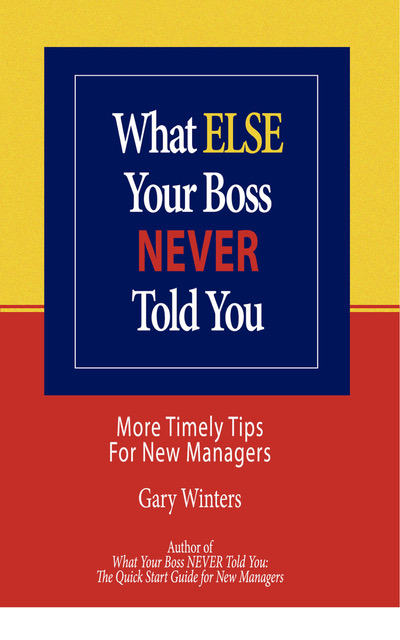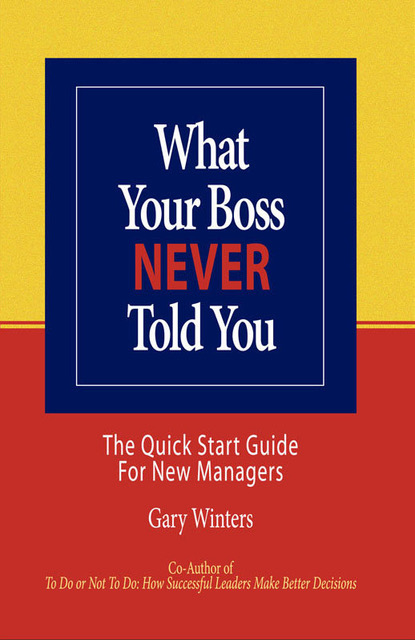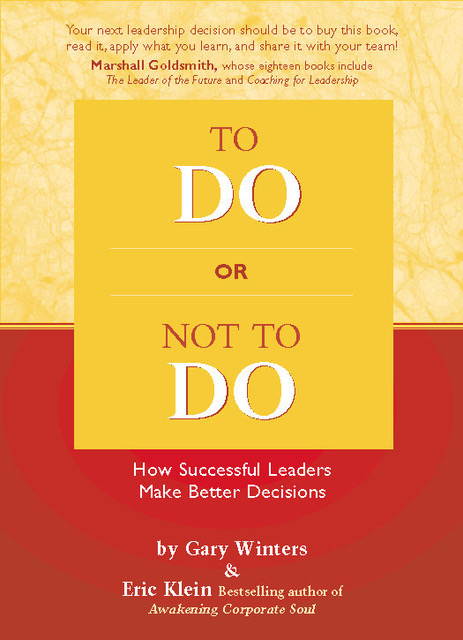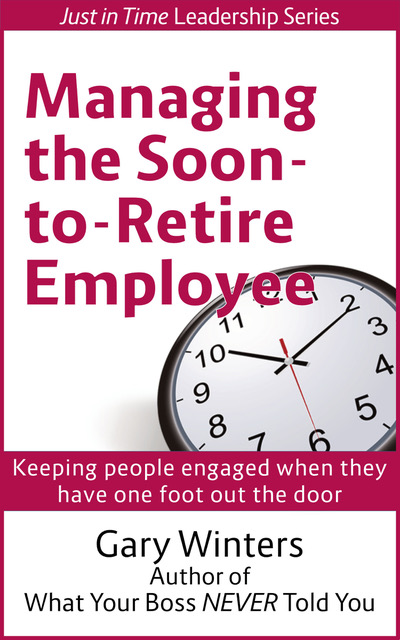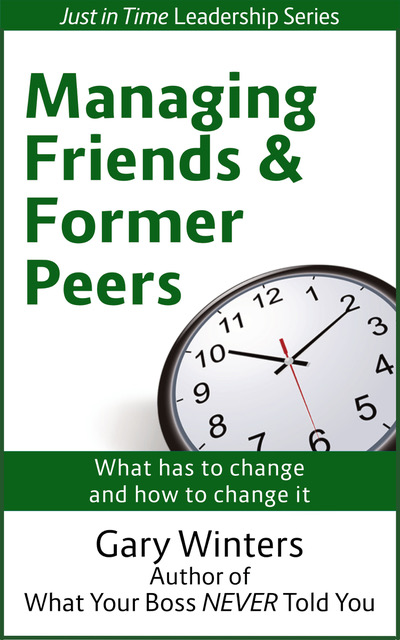Imagine you’re sitting in the middle row on an airplane, preparing for a flight from Austin to Denver. You settle in and glance at the passenger on your left, thinking a good conversation would help pass the time. You say to him, “Hi, I’m Bill. What do you do?”
He says, “I’m Mark. I’m an accountant.” Ah, fascinating, you think. Your stereotype of “bean counters” kicks in and alarm bells start ringing in your head. Maybe you’ll pass. Wisely, you keep this sarcasm to yourself.
So you turn to the woman on your right, asking, “Hi, I’m Bill, what do you do?”
She says, “Hi, I’m Judy. I show people how, using three simple steps, they can retire in less than ten years, starting wherever they’re at, and then live anywhere they want in the world.”
Say what?
Who are you going to talk to the rest of the flight?
Yep – you’re going to talk to Judy. In fact, your next question is likely to be, “How do you do that?” Oh, and by the way, Judy’s also an accountant.
This is about elevator speeches – what they are, why you need them, and how to create them. Takes a bit of work but it’s well worth the effort. I’ll show you how to craft your own.
An elevator speech is a short description of who you are and what you do which could be delivered in the time it takes to ride an elevator several floors – perhaps 30 seconds. In fact, it’s sometimes called the 30-second speech. It contains several key elements.
- It identifies who you are.
- It describes what you do.
- It identifies who benefits from what you do – your unique “value proposition.”
It does all of this in a way that makes it nearly impossible for the listener not to say, “Oh? How do you do that?” or “Oh? Tell me more!”
The obvious uses for an elevator speech are at conferences, conventions, professional meetings or introductions to potential clients or customers. When someone approaches Bill and says, “What do you do?” he can respond with his elevator speech, rather than trotting out the far more typical (and forgettable) response that usually goes like this: “I’m Bill, and I’m the manager of Parks and Recreation for a mid-sized city.” Yawn.
All Bill has done is give the other person a name they will soon forget, and a job title that carries with it tired stereotypes I’m sure he’d soon avoid.
But there’s an even more important reason to develop your own elevator speech. It reminds you of who you really are – what makes you unique and why you do the things you do.
Let’s go back to Judy and hear the rest of her elevator speech. Remember how it begins?
“Hi, I’m Judy. I show people how, using three simple steps, they can retire in less than ten years, starting wherever they’re at, and then live anywhere
they want in the world.”
That’s called the hook.
It has but one purpose – to capture your interest – to get you to “bite.” When it works, you’ll say “Tell me more!” When it doesn’t, you’ll say “Gee, that’s interesting.” And then you’ll crack the book you brought along on the plane and start reading.
Once Judy gets her listener to ask for more, she fleshes out her elevator speech. Take a listen:
“I work with professionals who may not be financially savvy or lack the time or interest to design a nearly fail-safe retirement plan.
“Often, this begins with a two hour meeting during which we determine where they are right now, where they’d like to be when they retire, and what they’re doing to make that happen.
“Next, I teach them three simple tools which will get their finances in order and help them make some adjustments in their savings, spending and investment habits.
“Afterwards, we meet for an hour or so every six months to keep on track.
“My specialty is working with professionals who are deeply in debt and worried they may never be able to retire comfortably.”
Wow. When can I make an appointment?
Judy’s elevator speech is compelling because while it might seem to be about her, it’s really about her listener. She’s responding with what we all want to know: what’s in it for me?
Having heard Judy’s speech, Bill wants one of his own. How does he develop it?
- First, Bill should write down the services he (and his department) provide.
- Next, he should translate those services into benefits his clients or customers enjoy.
- After that, he should work on his hook – what will get someone to say “tell me more!”?
After a bit of word-smithing and some false starts, he might come up with a hook that sounds like this:
“Hi, my name is Bill. I’m the Manager of Joy for a mid-sized city.”
Say what? The manager of joy? What’s that? Tell me more!
Bill can then go on to say:
“I’m in charge of the Parks and Recreation Department for (Bill’s city). My team of outstanding park and recreation specialists create joyful community experiences for people throughout our city who enjoy our parks and the programs we offer.
“We know we create joy because people tell us that all the time – from parents of pre-schoolers to senior citizens. In fact, we’ve just been awarded a national ‘Playful City’ award.
“We’re always looking for ways to create more joy, so if you have any ideas, I’d love to hear them.”
Wouldn’t you want to spend some time with Bill?
The Best Reason for an Elevator Speech
Earlier I said that elevator speeches are useful at conferences, conventions, professional meetings or introductions to potential clients or customers. But there’s an even more important reason to develop your own elevator speech. It reminds you of who you really are – what makes you unique and why you do the things you do.
Once Bill has committed his elevator speech to memory, and has used it so often it’s become a a natural response, it becomes a compass for him throughout his busy days. When he’s buried in a report he’s writing and feeling weary, when he’s headed for another meeting he wishes he could avoid, when he comes home tired and worn out and wondering why he does what he does, he will recall the hook in his elevator speech: “I’m the manager of joy.”
That’s why he does what he does, and why it’s so important. People are counting on him – from his staff to the public. Everyone wants more joy.
It becomes a mantra that he uses to manage his staff. He can use it’s central premise – bringing joy to people – to inspire his staff. He can use it to make decisions – which choice will bring the most joy to our customers? He can use it to modify systems and adjust procedures.
Spend the time to develop an elevator speech. When you or your staff begins to lose sight of the forest as you stare at the tree in front of you, it can shift your focus. You can approach that next boring meeting with renewed energy, as Bill does – after all, he’s the Manager of Joy.

